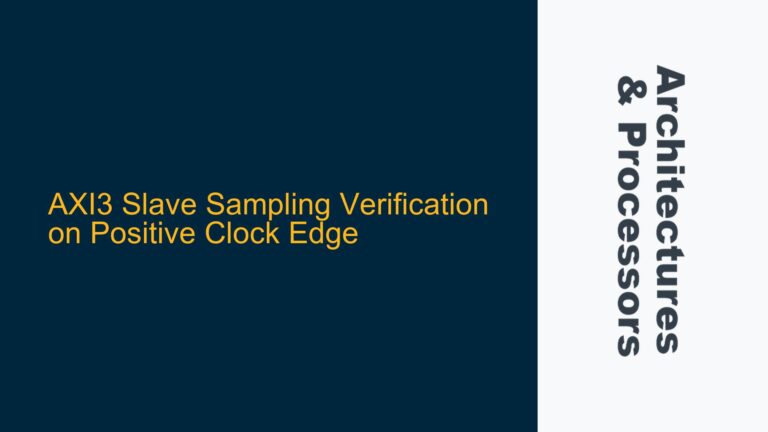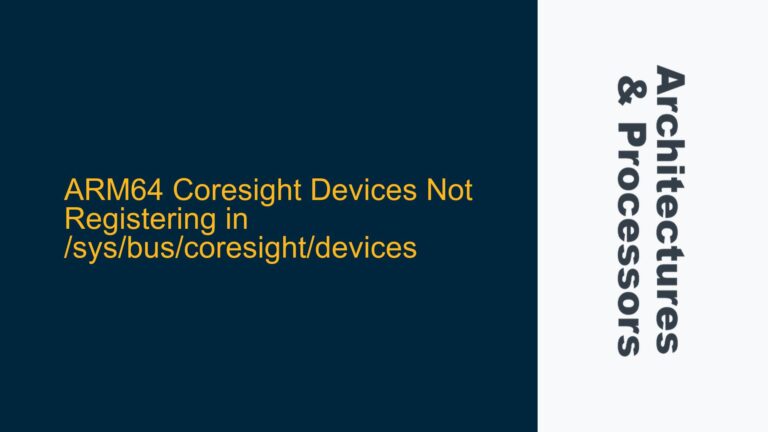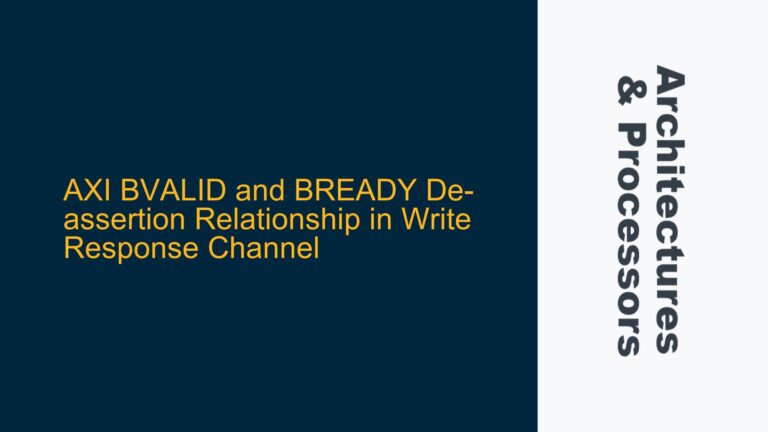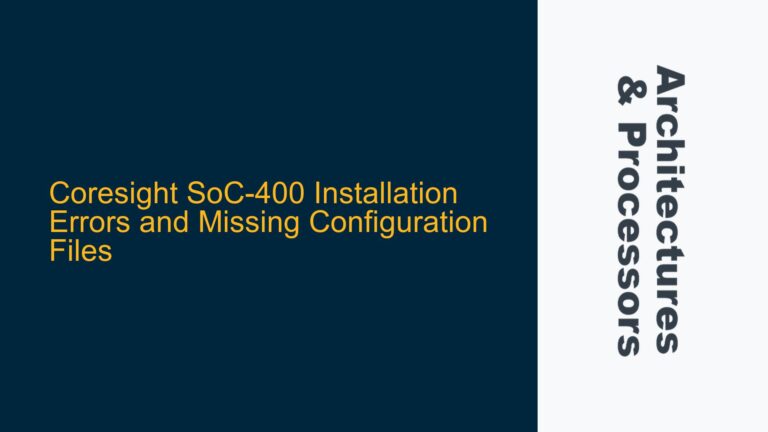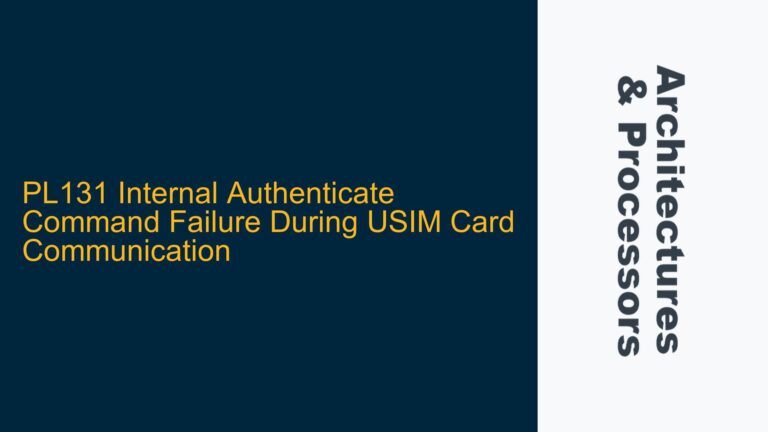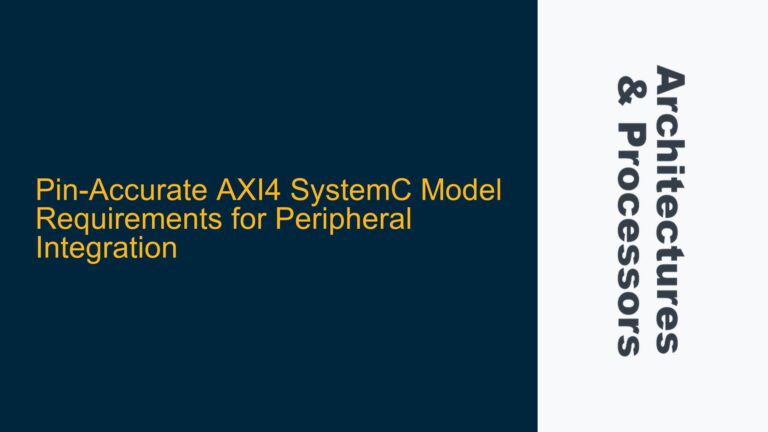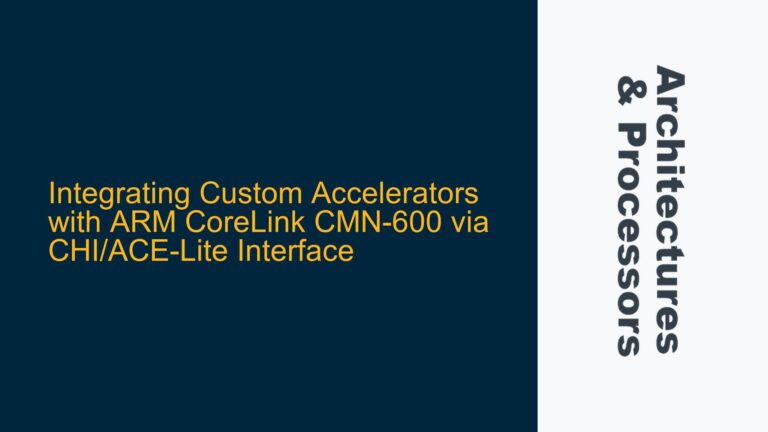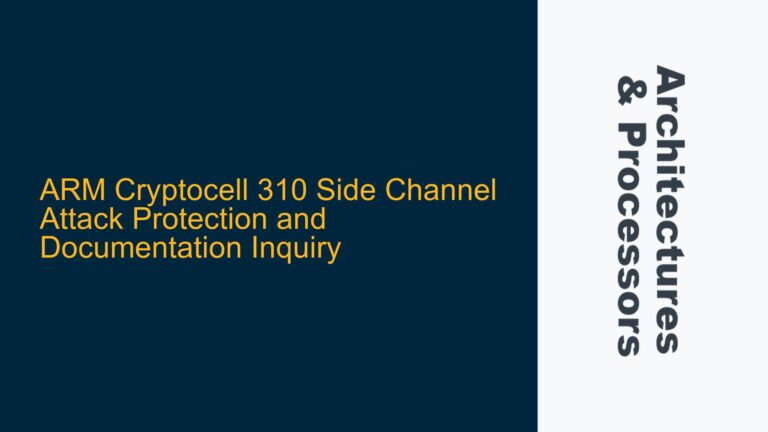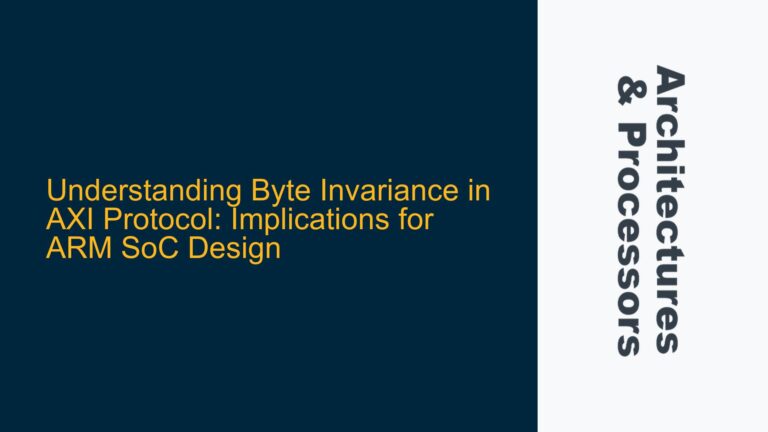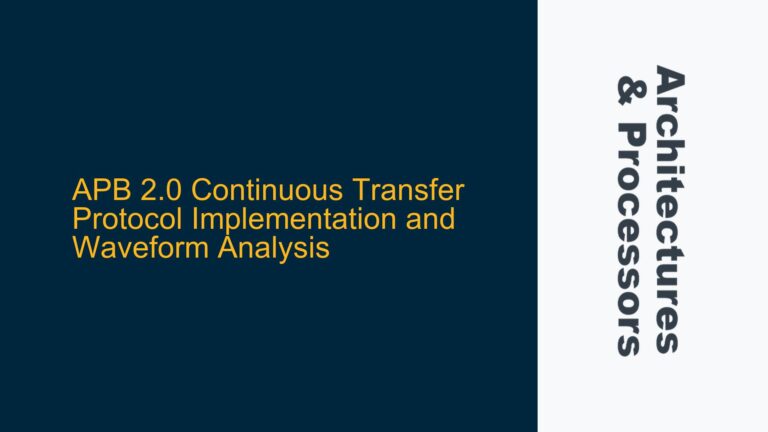AXI3 Slave Sampling Verification on Positive Clock Edge
AXI3 Slave Sampling Behavior Verification Challenge In the context of ARM AMBA AXI3 protocol compliance, ensuring that an AXI3 slave samples signals exclusively on the positive edge of the clock is critical for maintaining system timing integrity. The AXI3 protocol mandates that all signals be sampled on the rising edge of the clock to ensure…
